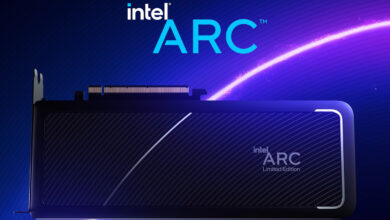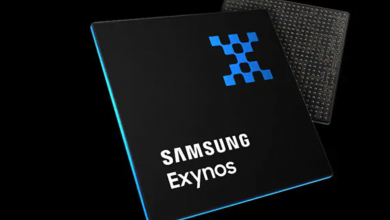Starfield Apparently Doesn’t Allow You to Explore Planets Fully
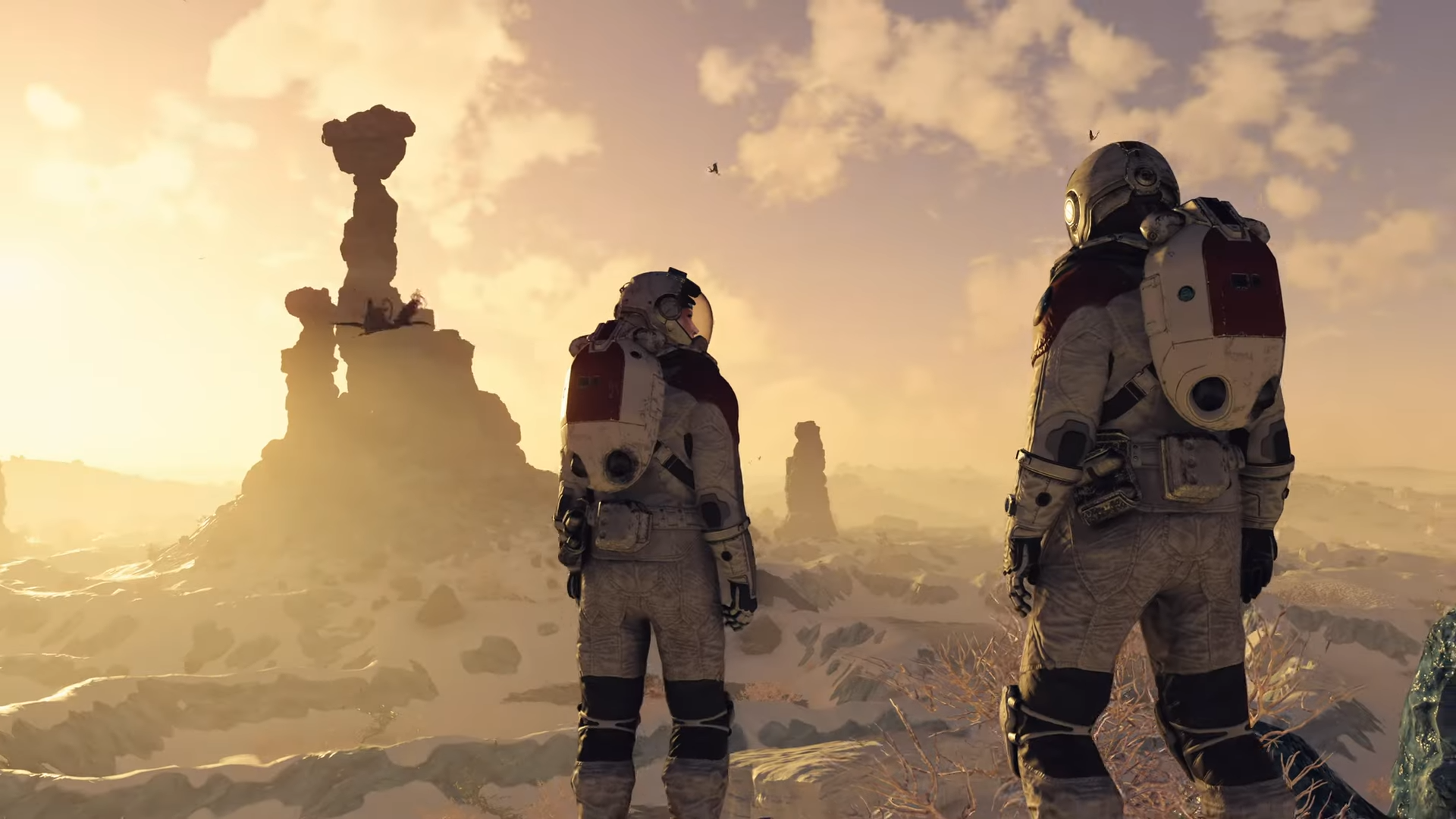
Starfield could be Bethesda’s most ambitious game to date. Easily the biggest, it features over a hundred star systems with over a thousand planets to discover. Starfield players can still land anywhere and make their way across the uncharted alien environment, despite the fact that there is no smooth transition from space to surface. Even if games like Elite Dangerous and No Man’s Sky offer larger explorable galaxies than Starfield, a thousand planets is still a lot to work with.
According to Tom Henderson, Starfield will have a different number of landing spots for each planet. Each landing spot will have a different terrain limit that players can explore and do their missions on. The specified landing spots will be generated based on POIs (Points of Interest) that depend on pending missions
In layman’s terms, this means that the planets will have specific landing points near the missions in the storyline. Although there will be designated landing areas, players are free to land anywhere on the planet. Landing in their preferred location will generate a terrain nearby based on randomly generated variables. According to Tom, quests and other fun things will be generated nearby, but we can’t guarantee this will happen.
According to a tweet reply by Pete Hines a few days ago, Starfield would have unlimited planet exploration. This statement pumped up fans even more than usual and sparked lengthy debate on various forums. However, given the previous hype, this recent leak has disappointed fans. We cannot guarantee any information that is currently available on the internet, but if this new rumour is true, it will undoubtedly disappoint.
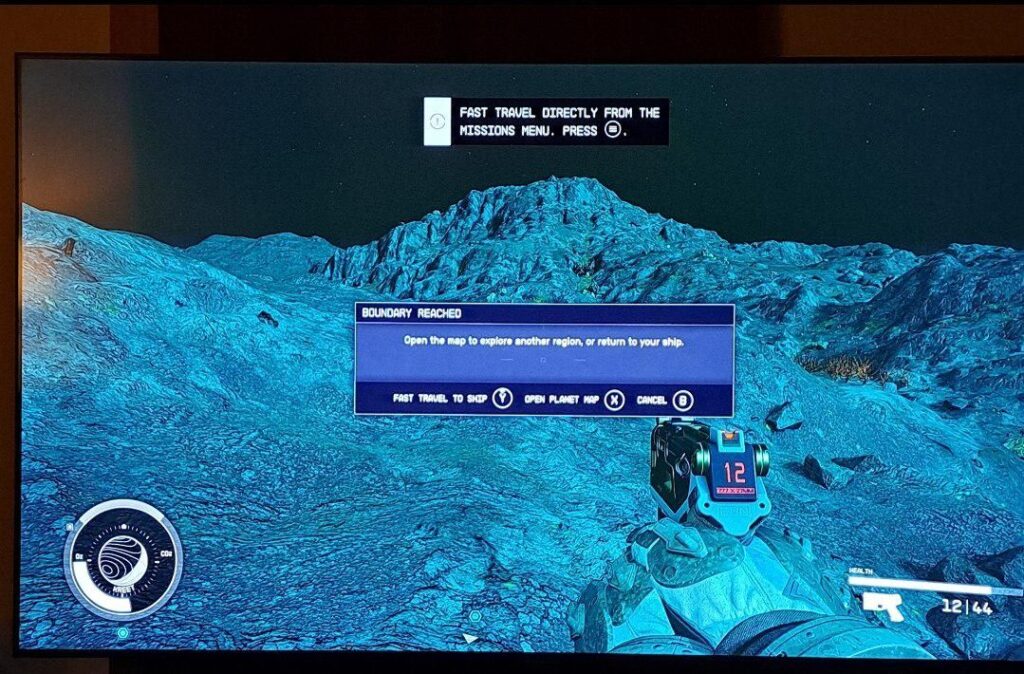
The Problem with Procedural Generation
Starfield’s enormous procedurally generated sci-fi environment is sure to provide players with numerous hours of entertainment and replay value. Its enormous size guarantees that gamers will never mistakenly revisit the same area twice. Despite these benefits, the game may still have a fundamental issue in terms of player engagement and fun.
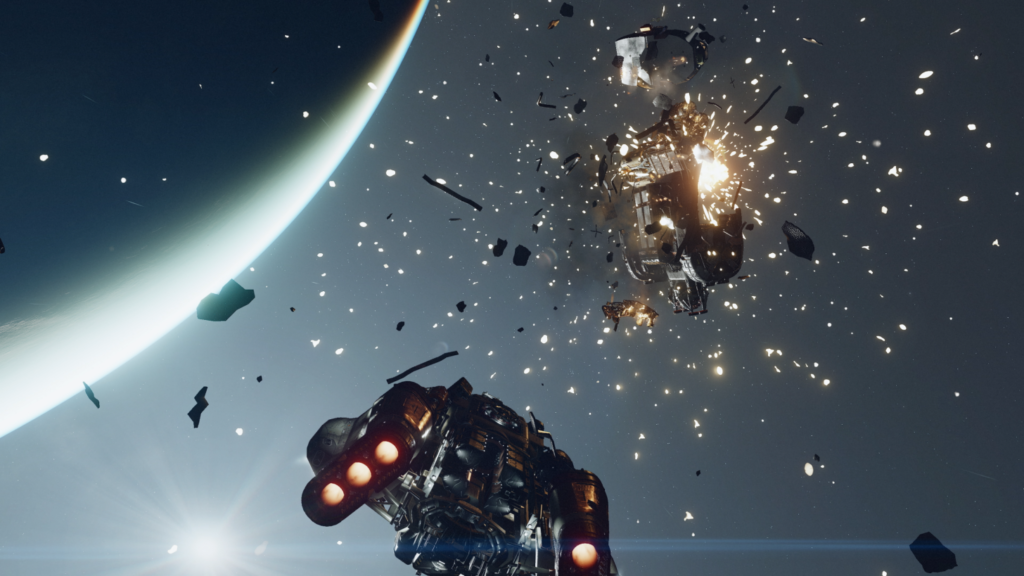
The idea of procedural generation lies at the heart of this matter. In games like Minecraft, it’s used to create vast, open environments that are perfectly suited to the same survival/crafting gameplay. However, this is not the first role-playing game made by Bethesda to employ procedural creation. The randomly generated world of The Elder Scrolls 2: Daggerfall was criticized for having boring environments. If Bethesda isn’t careful, Starfield’s procedurally generated worlds will fall into the same trap.
One major drawback of procedural generation is that it has a finite number of variables at its disposal. Each instance of Minecraft is unique due to the game’s many random factors, such as the placement of blocks, the types of biomes present, and the form of the landscape. It’s possible that Starfield’s planets don’t feel as unique because it doesn’t use as many factors in its world formation. Adding human colonies here and there to Starfield’s randomly generated quests won’t prevent the planets from all looking the same.
Bringing Extraterrestrial Life To The Game
One way Bethesda could have changed things up would have been to introduce extraterrestrial species on par with humans in terms of intelligence. The planets would have had greater cultural differences and the player may have experienced more of them. Even if there are several groups for players to consider, that variety pales in comparison to what could have been added by alien intelligence. Starfield’s trailers have shown no signs of extraterrestrial life, thus this is probably not going to be one of the game’s many features.
Starfield’s short lifespan can be improved with regular content updates. If Starfield’s randomly generated planet formula were often updated, players may experience drastically diverse planets with every couple of updates. For previously saved games, this means exploring planets that haven’t been produced yet. Adopting a constant update schedule with new, unique worlds would be the greatest approach for Starfield to grow upon features like biome additions, additional exotic animals, or perhaps other intelligent life.
To sum up, Starfield’s procedurally generated planets won’t be fully evaluated until the game is released. Hopefully, the procedural generation process will be more like Minecraft’s, and the game won’t be a failure like Bethesda’s earlier try with Daggerfall’s enormous universe. Do let us know what you think about this in the comment section down below



